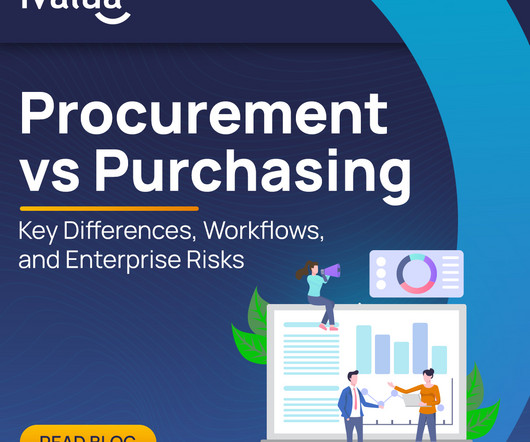Procurement vs Purchasing: Key Differences, Workflows, and Enterprise Risks
ivalua
JUNE 5, 2025
Key Takeaways Procurement vs Purchasing: Procurement is a strategic function focused on long-term value, while purchasing handles the tactical execution of buying. Aligning procurement and purchasing ensures efficiency, cost control, and reduced risk across the organization. What is Procurement? What is Purchasing?












Let's personalize your content